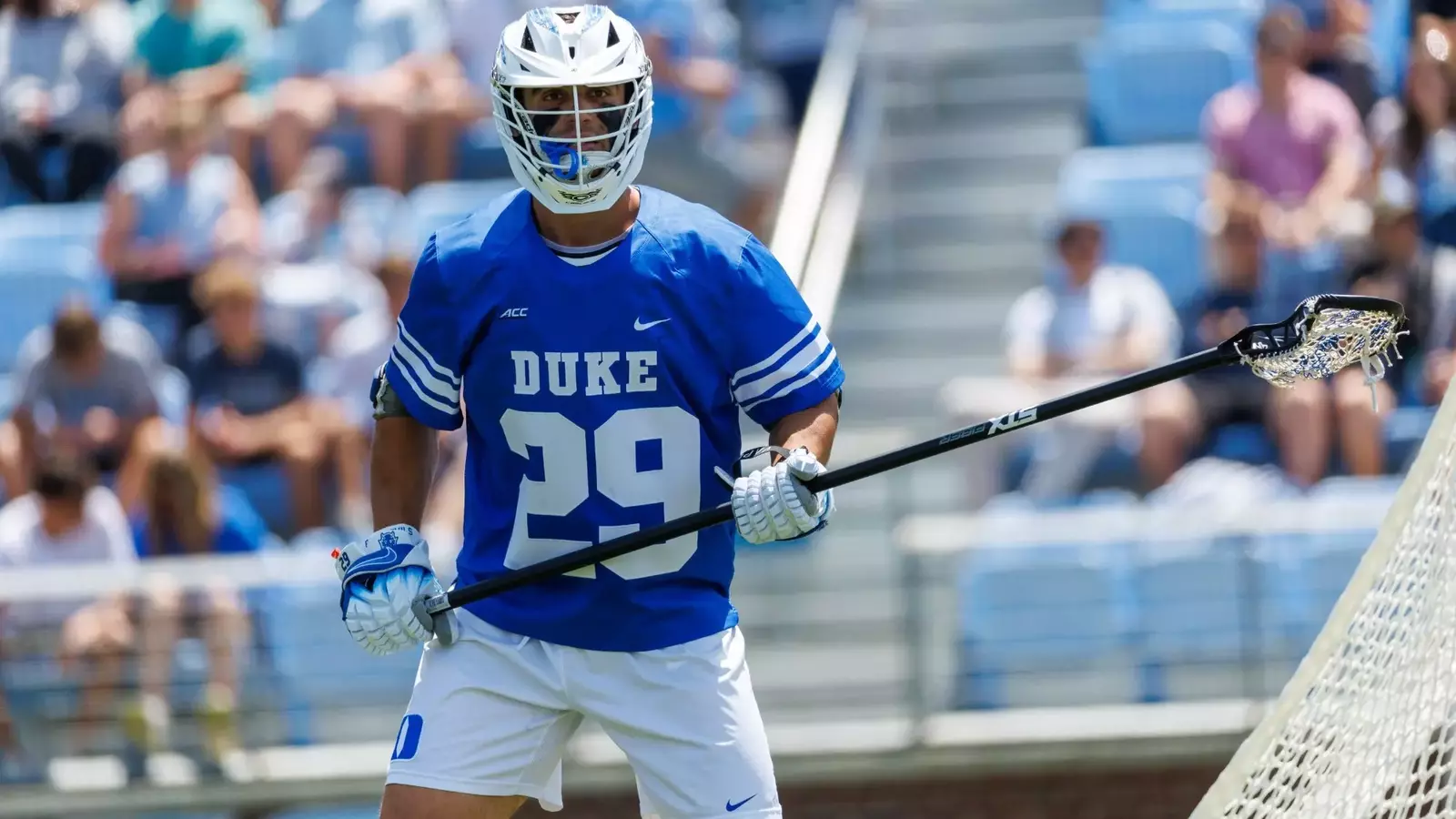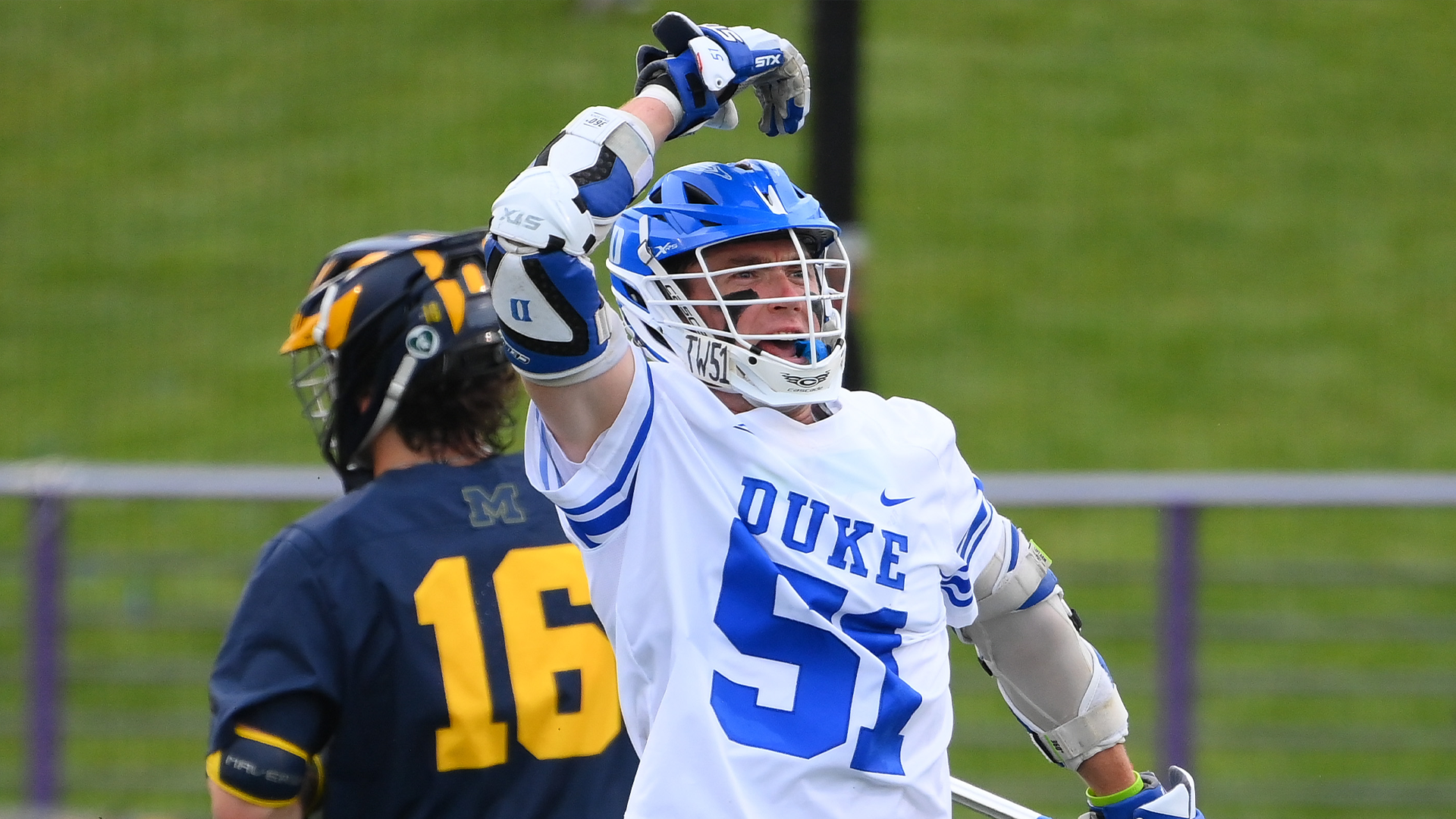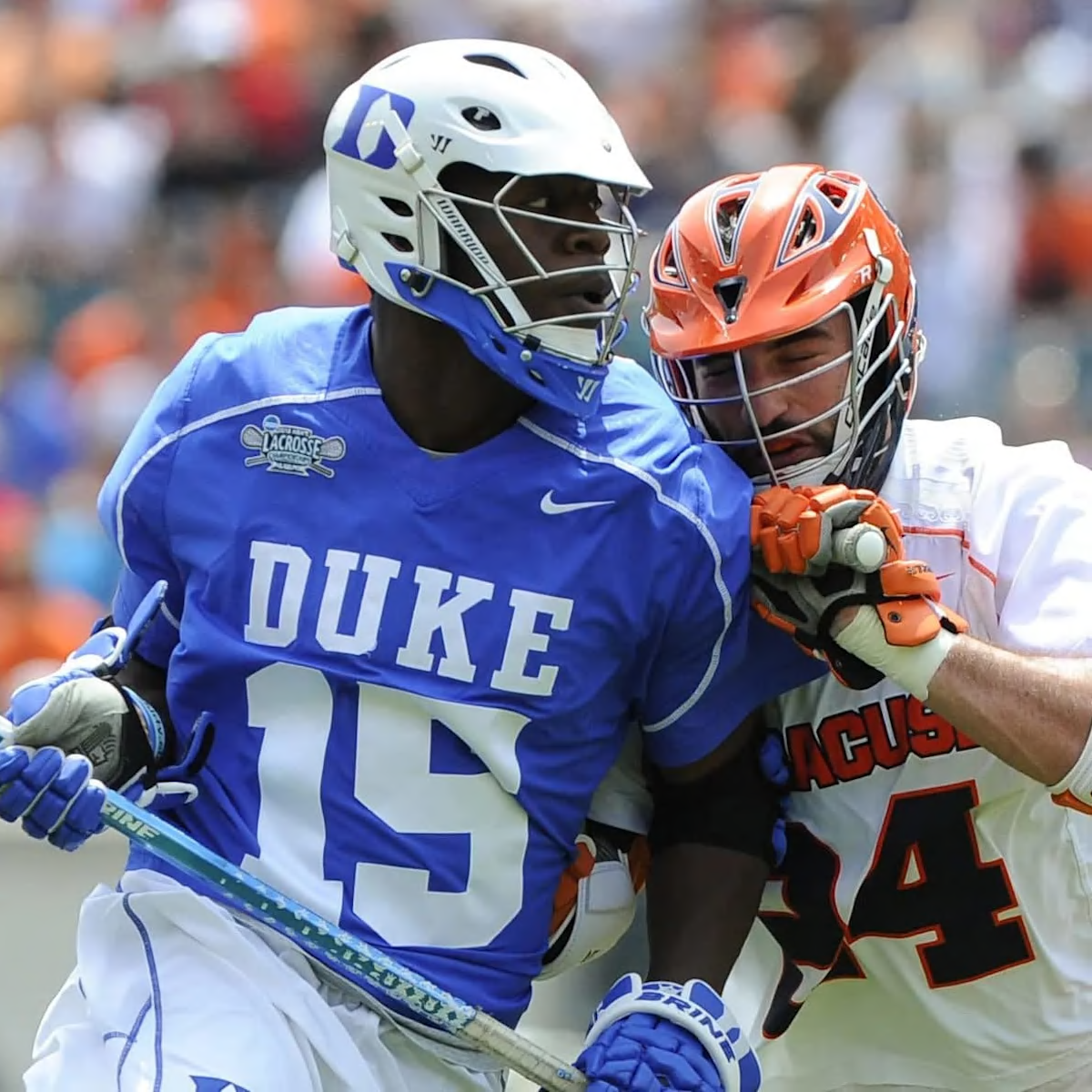Duke lacrosse

The year was 2006. A seemingly idyllic spring evening at Duke University took a dark turn, plunging the prestigious institution and the lives of three lacrosse players into a maelstrom of controversy. The allegations: rape. The accused: three white, affluent Duke lacrosse players. The accuser: a black woman who worked as a stripper. The ensuing media frenzy, fueled by racial tensions and class disparities, would forever alter the landscape of the Duke lacrosse program and raise critical questions about justice, media ethics, and the power of perception.
This wasn't just another college sports scandal; it was a societal earthquake. The story, initially reported as a straightforward accusation of sexual assault, quickly spiraled into a complex web of conflicting narratives, flawed investigations, and wildly divergent public opinions. The initial investigation, plagued by questionable police procedures and prosecutorial overreach, cast a long shadow over the entire process. The lives of the accused players, Reade Seligmann, Collin Finnerty, and Dave Evans, were immediately upended, their futures uncertain and reputations tarnished beyond repair. The pressure mounted, not only from the legal system but also from the intense media scrutiny, fueling outrage and dividing public opinion.
The Duke lacrosse case became a lightning rod for debates about race, class, and the criminal justice system. The accuser's credibility was fiercely contested, with significant inconsistencies surfacing in her account. Meanwhile, the defense team painstakingly pieced together evidence that pointed towards a lack of credible corroboration and serious flaws in the prosecution’s case. The high-profile nature of the case, amplified by the constant media coverage, fueled public outrage and fueled speculation long before any definitive conclusions were reached.
The ensuing trial was a media circus, with every detail dissected and debated ad nauseam. The prosecution’s case crumbled under scrutiny, revealing inconsistencies and a lack of substantial evidence. Ultimately, the charges against all three players were dismissed, a vindication that came far too late for the players who had already endured immense personal suffering and public humiliation. This dismissal, however, did not quell the debate surrounding the case's underlying social and political implications.
The aftermath of the Duke lacrosse scandal left an indelible mark. The players, while exonerated, grappled with the lingering damage to their reputations and careers. The university itself underwent intense scrutiny, leading to reforms in its disciplinary procedures and a renewed focus on addressing issues of race and class on campus. The case became a cautionary tale about the dangers of rush to judgment, the pitfalls of media sensationalism, and the importance of a fair and unbiased legal process.
The Duke lacrosse scandal serves as a stark reminder of the fragility of justice and the powerful role media plays in shaping public perception. It highlighted the complex intersection of race, class, and privilege within the American legal system and continues to fuel important conversations about due process, media responsibility, and the enduring power of narrative in shaping public opinion. The story is a powerful illustration of the lasting consequences of flawed investigations, hasty judgments, and the devastating impact of unsubstantiated allegations.




No comments:
Post a Comment